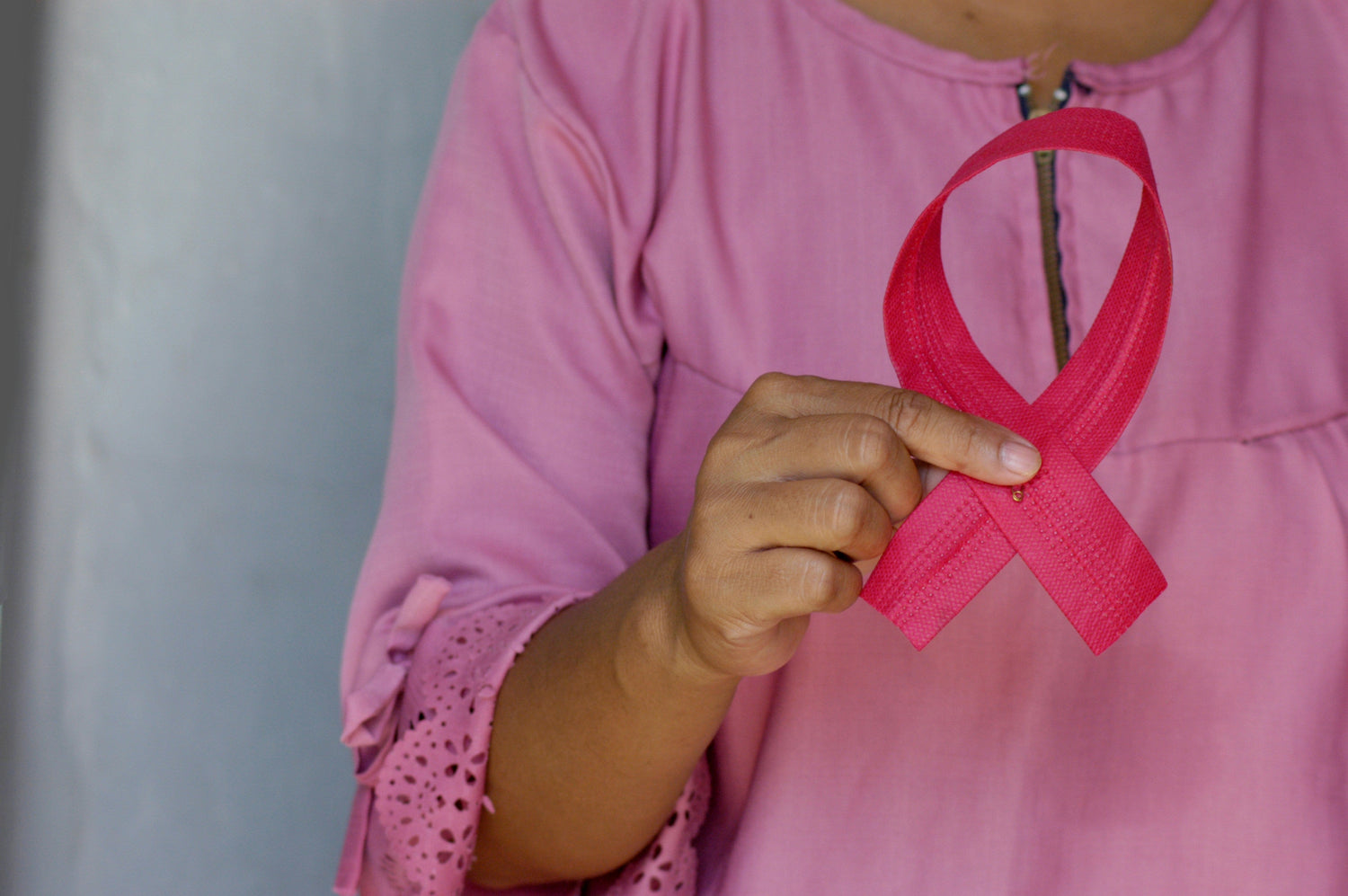You’ve likely heard the term insulin resistance, but what is insulin resistance? Understanding insulin resistance can help you improve your health, find a healthy weight, and prevent chronic disease.
Keep reading to learn about insulin resistance, health risks, and how to reverse insulin resistance with a healthy diet, physical activity, and lifestyle measures. Spoiler: healthy snacking is critical.
What is Insulin Resistance?
First, let’s explain insulin. Insulin is a hormone made by the pancreas that helps with many metabolic functions. Its primary role is to help shuttle glucose from the blood (blood sugar) into your cells. Then, your cells turn the glucose into energy.
Insulin resistance occurs when fat accumulates in the liver and pancreas, resulting in elevated blood sugar and insulin. The cells that need the glucose for energy have a challenging time getting it because they become “resistant” to insulin’s signals.
Is Insulin Resistance Good or Bad?
Insulin resistance over time leads to metabolic syndrome, pre-diabetes, type 2 diabetes, weight gain, certain cancers, and cardiovascular disease. Poor insulin production is an underlying cause of chronic disease, often beginning decades before a diagnosis.
Foods That Increase Insulin Resistance
Insulin resistance is worsened by the modern food environment and highly processed, packaged food. A diet that is low in fruits, vegetables, nuts, seeds, and other whole foods that supply fiber, protein, and healthy fats also contributes. If you want to make insulin resistance worse (which you don’t!), eat a standard American diet (SAD diet).
Does Insulin Resistance Make You Tired?
Feeling tired after a meal can be a sign of insulin resistance. Despite having just eaten calories, your glucose levels may not be making its way into cells efficiently, causing a decline in energy.
Other signs and symptoms of insulin resistance may include:
- Increased hunger and cravings
- Increased thirst
- High blood glucose levels
- Frequent urination
- Frequent colds and infections
- Excess weight, especially around the midsection
- Elevated blood sugar and hemoglobin A1C
- Elevated insulin levels
- Elevated cholesterol and triglycerides
- Elevated blood pressure
Early stages of insulin resistance may be symptom-free, making it hard to identify your susceptibility to type 2 diabetes, heart disease, and other chronic diseases. Regular blood screenings are essential for disease control, diabetes prevention, and identifying harmful effects.
Insulin Resistance How to Fix/ What Stops Insulin Resistance
Diet and lifestyle changes that support balanced blood sugar levels and achieving a healthy metabolic body weight for you. Note that you can have insulin resistance at any weight, so it’s less important to fall in a particular BMI category and more important to be at a healthy metabolic body weight for you as an individual.
In addition to nutrition suggestions, which I’ll cover next, exercise, restorative sleep, and stress management support a healthy metabolism and improve insulin sensitivity (reversing insulin resistance).
Foods to Avoid with Insulin Resistance
Reducing processed foods with refined sugar, flour, and oils is the first step in reversing insulin resistance. Don’t place too much emphasis on what you can’t eat. Instead, focus on adding whole, health-promoting foods to your diet. Eat foods that your ancestors would recognize as food, food you cook into meals, foods without added sugars and read labels for whole-food ingredients.
Which Foods Improve Insulin Resistance?
Eating balanced meals and snacks with three key components will help you meet your nutrient needs and improve your blood glucose level and metabolic health. These include:
- Protein – Protein helps stabilize blood sugar between meals and contributes to satiety.
- Fiber – Fiber feeds the microbiome, which adjusts metabolism at a genetic level. It also slows down digestion for a better blood sugar response.
- Healthy fats – Healthy fats, like those found in nuts and seeds, contribute to fullness and satisfaction, reducing cravings.
In other words, there’s more to the insulin resistance story than demonizing carbohydrates. Read more in Debunking Carb Myths Part 1 and Part 2.
Foods to Eat for Insulin Resistance
Working with a dietitian can help you personalize your approach and ensure you meet your nutrition needs, especially for protein, fiber, and healthy fats. Some helpful foods to include in the diet are:
- Chia seeds
- Flax seeds
- Cashews
- Peanuts
- Cacao
- Quality sources of protein
- Quality plant-based protein powder
- Gluten-free oats
You’ll find many of these whole food options in Scott’s Protein Balls. Scott’s Protein Balls are designed with your metabolic health in mind, combining protein, fiber, and healthy fat for stable blood sugar and energy whenever you need a pick-me-up. They satisfy sweet cravings without the crash, unlike most snack foods. Grab a bag today!






